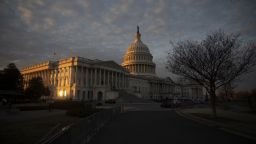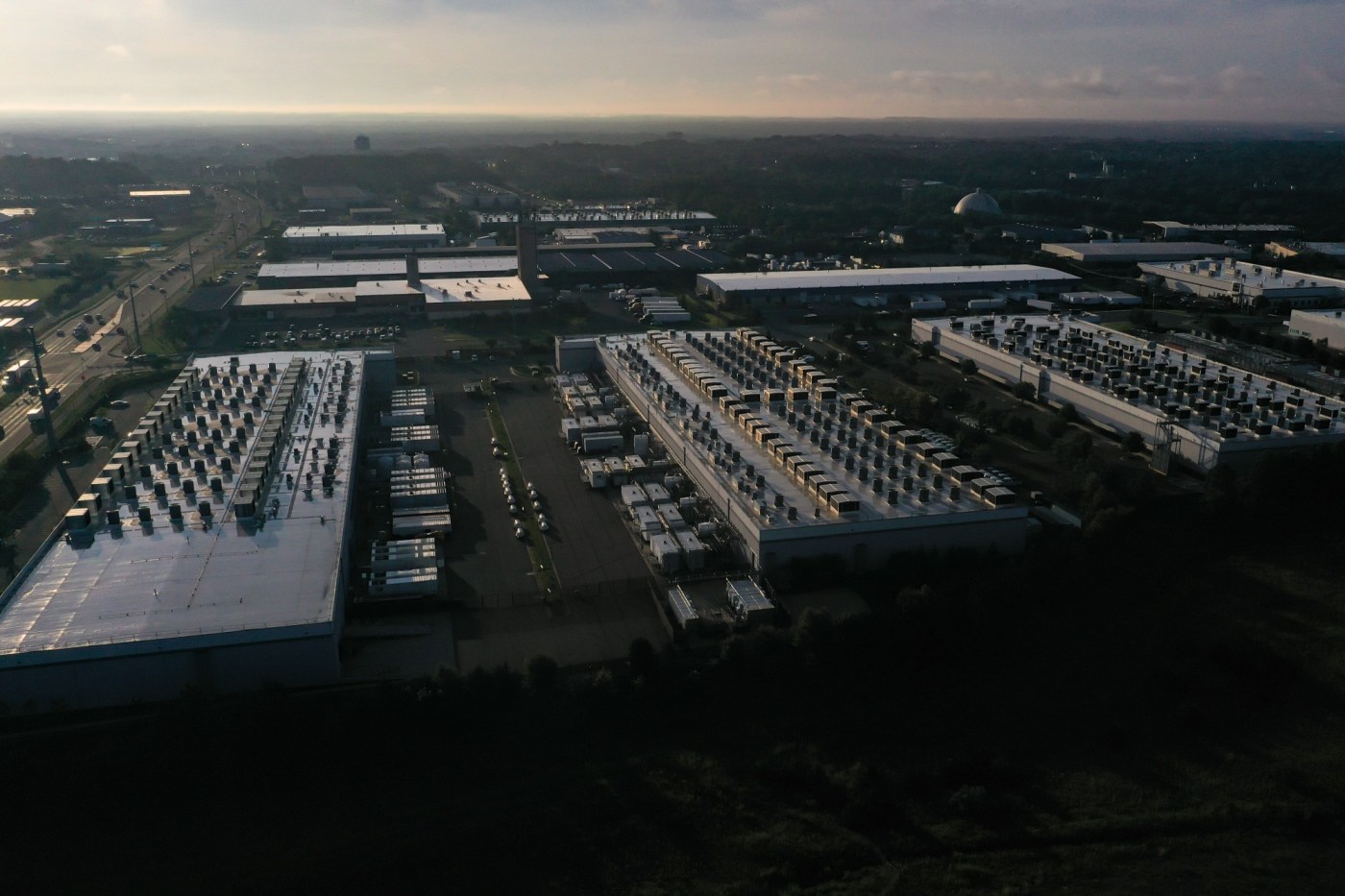UPDATE: The Lehigh Valley is at a critical juncture as plans for large data centers intensify, raising urgent questions about space, resources, and community impact. These facilities, essential for powering modern technologies like artificial intelligence and cloud services, are eyeing the region’s ample open land and infrastructure.
Just announced: Amazon Web Services, the cloud computing branch of Amazon, recently confirmed a staggering $20 billion investment to develop two data centers—one in Bucks County and another in Luzerne County. However, negotiations for a proposed site at River Pointe Logistics Center in Upper Mount Bethel Township fell through earlier this summer, sparking concerns among local residents and officials.
Officials are now scrambling to prepare for the inevitable influx of data centers. The hyperscale facilities—massive operations housing thousands of servers—are notorious for consuming vast amounts of energy and water. To mitigate local impact, several Lehigh Valley townships, including South Whitehall and Palmer, are adopting stringent zoning regulations aimed at ensuring these centers are built with community protections in mind.
Why this matters RIGHT NOW: As Pennsylvania races to attract more data centers, local communities are balancing economic opportunities against potential disruptions. The Lehigh Valley has already established itself as a logistics hub, but the arrival of these data centers could alter the landscape dramatically, potentially creating hundreds of jobs while posing environmental and quality-of-life challenges.
Officials like Becky Bradley, director of the Lehigh Valley Planning Commission, stress that there are multiple sites under consideration for these developments. “It’s not a question of if, but where,” she stated. Zoning laws under the Pennsylvania Municipalities Planning Code provide local governments with tools to regulate the construction and operation of these facilities.
For instance, South Whitehall Township is considering a Planned Innovation, Research, and Technology Overlay District, which would impose limits on building sizes—no more than 150,000 square feet—and noise levels. These measures aim to ensure that data centers function without disrupting the surrounding communities. Similar regulations are being discussed in Palmer Township, where officials are preparing for potential developments in the North End Business District.
The scale of these data centers can be enormous; a facility is classified as hyperscale if it houses over 5,000 servers and spans at least 10,000 square feet. Comparatively, the largest data centers globally, such as the Citadel center in Nevada, exceed 7 million square feet. While the Lehigh Valley may not see such colossal structures, its robust energy grid and proximity to cooling resources like the Delaware and Lehigh rivers make it an attractive candidate for hyperscale operations.
As discussions continue, community leaders emphasize the importance of transparency and public input. “It is crucial for us to support logical conversations and avoid hysteria,” Bradley remarked, highlighting the need for facts over fears as these developments unfold.
Despite the promising economic prospects, caution is being urged. Concerns about the long-term impact of data centers were raised during a recent hearing by the Pennsylvania Senate Majority Policy Committee. Stakeholders highlighted the necessity of careful planning to avoid hasty decisions that could lead to adverse effects on local communities.
What’s next? The adoption of zoning regulations in townships like South Whitehall and Palmer will be pivotal in shaping the future of data centers in the area. As these discussions progress, the community’s response will be critical in determining how these facilities integrate into the local landscape.
With the clock ticking, Pennsylvania must act swiftly to position itself as a leader in the data center boom while ensuring that local voices are heard in the planning process. The balance between economic benefits and community well-being will define the future of the Lehigh Valley in this rapidly evolving technological landscape.
As developments continue, residents are encouraged to stay informed and participate in discussions regarding the implications of these data centers on their community.






































































